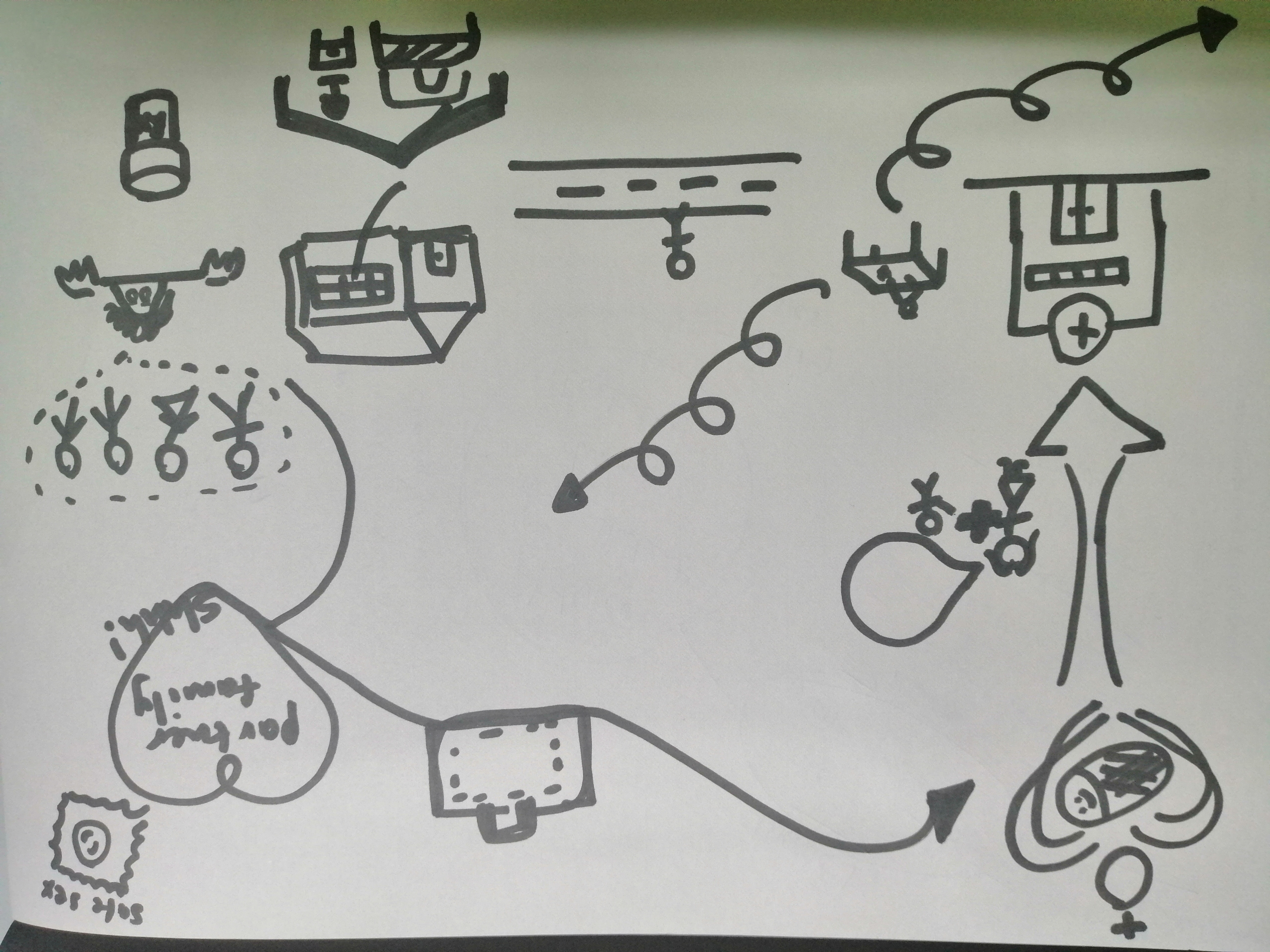Young people living with perinatal infections of Human Immunodeficiency Virus (YLPHIV) face a chronic disease, with treatment including adherence to life-long antiretroviral treatment (ART). The aim of this QES was to explore adherence to ART for YLPHIV as an assemblage within the framework of the BPS model with a new materialist perspective. We searched up to November 2021 and followed the ENTREQ and Cochrane guidelines for QES. All screening, data extraction and critical appraisal was done in duplicate. We analysed and interpreted the findings innovatively, by creating images of meaning, a storyboard, and storylines. We then reported the findings in a narrative first person story. We included 47 studies and identified 9 storylines. We found that treatment adherence has less to do with humans’ preferences, motivations, needs and dispositions, and more to do with how bodies, viruses, things, ideas, institutions, environments, social processes, and social structures assemble. This QES highlights that adherence to ART for YLPHIV is a multisensorial experience in a multi agentic world. Future research into rethinking the linear and casual inferences we are accustomed too in evidence-based health care is needed if we are to adopt multidisciplinary approaches to address pressing issues such as adherence to ART.

